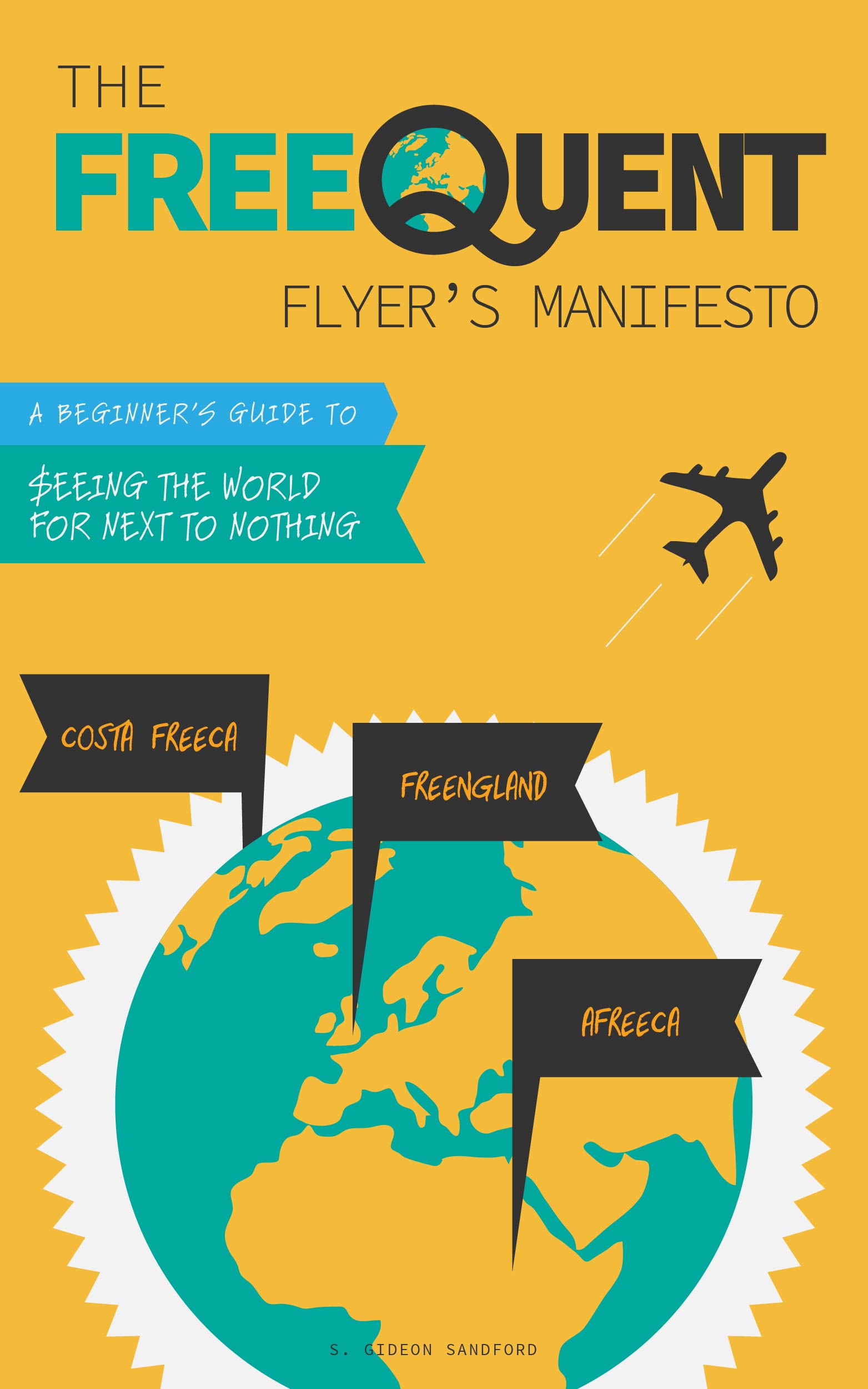Fidelity 2% cash back credit cards
/Even though I travel all the time and love redeeming miles and points for luxury flights and accommodations, I still believe in having a firm foundation of cash-earning rewards cards. After all, you can spend cash on travel as well! That's why I recommend Fidelity Investment Rewards credit cards as excellent base cards to compare other earning opportunities against.
While technically the cash back is deposited into a Fidelity brokerage account, you can withdraw the money immediately to your bank account, so this is really is as good as cash.
If you have your cash back deposited into a Fidelity Cash Management Account you won't pay any fees and there's no minimum balance.
Fidelity Investment Rewards American Express Cards
- No annual fee.
- 2% cash back on all purchases.
- Receive a $50 deposit after every $2500 in purchases.
Fidelity Investment Rewards Visa Signature
- No annual fee.
- 1.5% cash back on your first $15,000 in annual purchases, 2% on all annual purchases over $15,000.
- Receive $50 cash back after every $2500 in purchases.
While 2% isn't as high as the 5% cash back you can earn on rotating categories with the Chase Freedom, Discover it, Citi Dividend Platinum Select, or US Bank Cash+ (apply in-branch only), you do earn 2% on all your purchases, instead of only bonused categories.
If you primarily redeem your points for domestic economy tickets, then you may actually be better off receiving cash back. For example, $25,000 in purchases earns enough miles on a Delta Gold or United MileagePlus Explorer card for a domestic economy roundtrip. But the same spending earns $500 in cash back on the Fidelity American Express, and you can use that $500 to purchase a ticket whenever you want, without worrying about Delta or United award availability.


